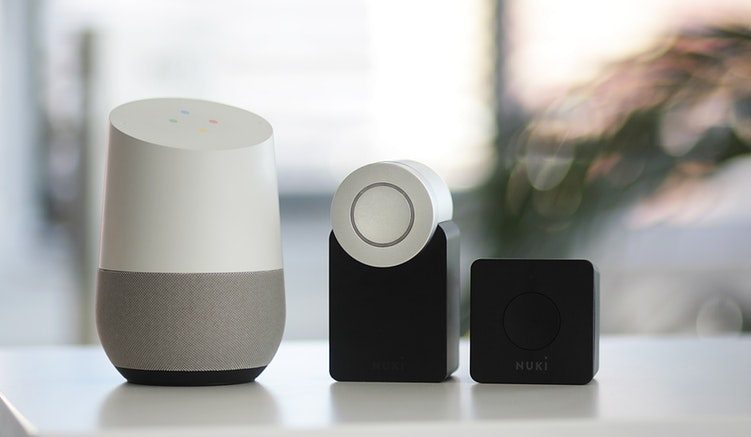Today’s times are ironically reminiscent of old horror movies where TVs turned on spontaneously and flashed messages of terror. Did you ever think your device could speak to you?
Well, the horror movies only got it half right. Today we have voice assistants at our beck and call, ready to help, not scare. Voice search has increased a whopping 35-fold since 2008, with 20% of Google queries being through this medium, and clearly this technology is here to stay. With such vast usage and such a high impact, Alexa and Siri sure are striving to reach out to the masses.
Much like PR Pleaserofessionals
Social media created a rather memorable communication storm approximately a decade ago. Not only was it a direct channel, its main objective was to foster communication on a global scale. Voice search, with its massive range of objectives and applications apart from communication, has perhaps not created a storm equal to social media proportions, but its potential is boundless. From news to advertisements to simple information and directions to the nearest pizza place, voice search has found tremendous applications. The key, thus, is to tailor content and PR strategy for voice search, thus enabling brands to apply it in the way they please.
Biteable and Relevant
Voice search is a great tool, but it doesn’t pick up everything it finds. Just as search engine optimization is highly essential to ensure your content is read and consequently shared, it is also important to optimize content for voice search. One aspect of this is to use the right keywords, again much like SEO. The difference arises because unlike search engines, voice search depends on the spoken word, and therefore on how people talk. Full sentences and questions are essential here. The language is usually very simple, without jargon, and conversational in nature. A great example is Google’s Featured Snippets. These are results that are selected by Google to appear on top of the organic search results, as a quick and bite-sized way to sum up information or answer a question. For people to get their content into the Featured Snippets, it needs to be in the language of the average search user, and also needs to provide concrete, usable information in very few words. Additionally, since several users of voice search don’t even actually read the results, but wait for their voice assistants to read it to them, the length of content is important. While long, elaborate paragraphs might work for those who read, voice assistants usually choose bite-sized sentences to sum up the information they tell their searcher. So keep it short, and by using the right kind of information and keywords (or key-sentences, rather), keep it relevant.
Wisdom in Publishing
As a PR or marketing professional, you are under tremendous pressure to gain visibility, sometimes compelling you to choose quantity over quality. It may seem like reaching out to a wide and random list of publications, magazines and newspapers is the wise thing to do, but voice assistants are constantly looking out for the elite. Whether it’s mainstream news platforms with a wide reach or alternative platforms with a high level of credibility and intellectual superiority in the arena, Siri’s and Alexa’s algorithms search for users’ news requests among the best of the best. This is why it bodes well for a brand or individual, to get featured in reputed publications. For platforms with universal recognition, there are even higher chances of showing up as results in answer to a voice search. So, to optimize for voice search, your PR strategy should take a pyramid approach of sorts. This can involve sifting through all the publications and platforms relevant to your brand, and then placing them along the pyramid according to their global reach and credibility. You’ll probably have only a few at the top, and these should be your priority for a feature. Once a foothold has been established with such platforms, you can afford to go down the pyramid to lesser known but credible publications that have niche audiences.
Question Everything and Get Positioned
With voice assistants to answer every query, we can now ask more questions than ever before, and be sure that most of them will be successfully answered. Here’s where tailoring content comes into the picture again. Content sprinkled with question phrases is more likely to show up in voice search results simply by virtue of the nature of such search queries. Once you have effectively ensured that your content is eligible enough for Alexa’s and Siri’s preferences, you can also choose to submit articles and updates to the Google News Publishing Centre (GNPC). While not all PR content is strictly news, you can submit stories via the platform that has featured your brand or leader. Submissions from credible and verified news sites have a high chance of being accepted by GNPC, and this will certainly give you an edge to get noticed in the voice search domain. Another way to position your brand for maximum visibility is to create audio content to supplement the written word, and then use special tools like ‘mark up’ from schema.org to mark this content so that it catches the attention of voice assistants.
Relatively uncharted territory in PR, voice assistants can very effectively be used as Public Relations assistants, ensuring a wider, more conversational and personalized reach. PR has always been about developing a voice for brands, organizations and individuals. With Alexa and Siri coming into the picture, this essential aspect is rapidly getting quite literal!




Leave a comment